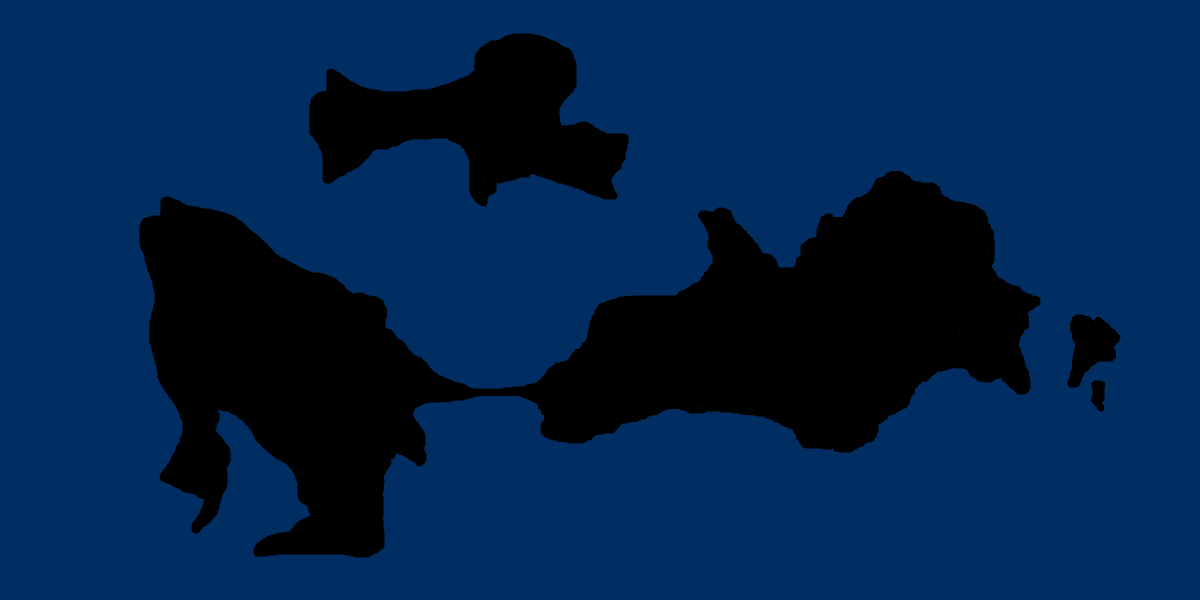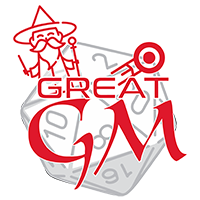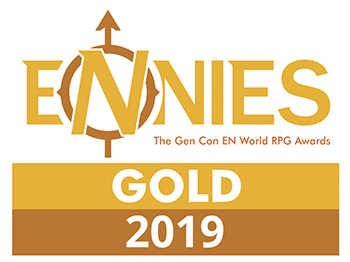Yudonia's Geography
Thousands of years ago, Yudonia probably was a big volcano rising from the bottom of the Mediterranean Sea; in one moment, a big earthquake near North America turned the movement of the Eurasian tectonic plate into a colliding course onto the African plate, creating massive underwater volcanoes all around the Mediterranean Sea, and forming islands as Malta, Ciprus, (even Italy, as it is thought that it was separated from the balcans by the pressures that the movements generated) and the Yudonian archipelago. Hundreds of years later, the movement of the Eurasian plate was restored because of its natural growing onto the North American plate, but the islands that it created continue to peek over the majestuous Mediterranean Sea.
Geography
Yudonia's political borders include 4 main islands, Kun, Prunt, East Plavit and West Plavit. These last two are linked by Hakual, an old-dead-fine coral reef that colected sand, and today is, from the south side, a beautifull beach, but from the other, a dense jungle.
Fauna & Flora
Yudonia is part of the "Tyrrhenian-Adriatic sclerophyllous and mixed forests" ecosystem, meaning that it has forests with lots of oaks (European, Macedonian and Holy Oaks are predominant), sclerophyll plants (vegetation with hard leaves and usually not very tall), some Stone and Black Pines, and some short plants like the Carob Bush.
Yudonia has a big amount of fish species, main feature of its northern coral reef, as also as more than 300 species of birds that can be seen all over the archipelago. Somehow, some species of flora and fauna managed to get into the islands and survive its climate, eventually evolving and generating some delicious, attractive and beautiful endemic species.
Examples of endemic (native) species
- Yellow Palm
- Pace Bianca (Cacao plant discovered in the 17th century by Italian sailors)
- Gold Octopus (Friendly, little and easy to catch, is one of the main dishes of the country, as also as probably the most popular aquatic pet)
Natural Resources
The Spanish Crown of Aragon, in the 17th century, decided to take the island from the British, as its reefs produced lots of pearls, fact that the British would later regret because of not knowing it. It was later discovered that the island had deposits of marble, aluminum and little spots of silver.
Also, some zones of the country, specially in the northwest, had hard traditions of shipbuilding since then. On modern times, those traditions had to share territories with modern shipyards, as it is known that the Island of Patricia has gigantic subterranean iron deposits.
Type
Archipelago
Owning Organization
Remove these ads. Join the Worldbuilders Guild









Comments